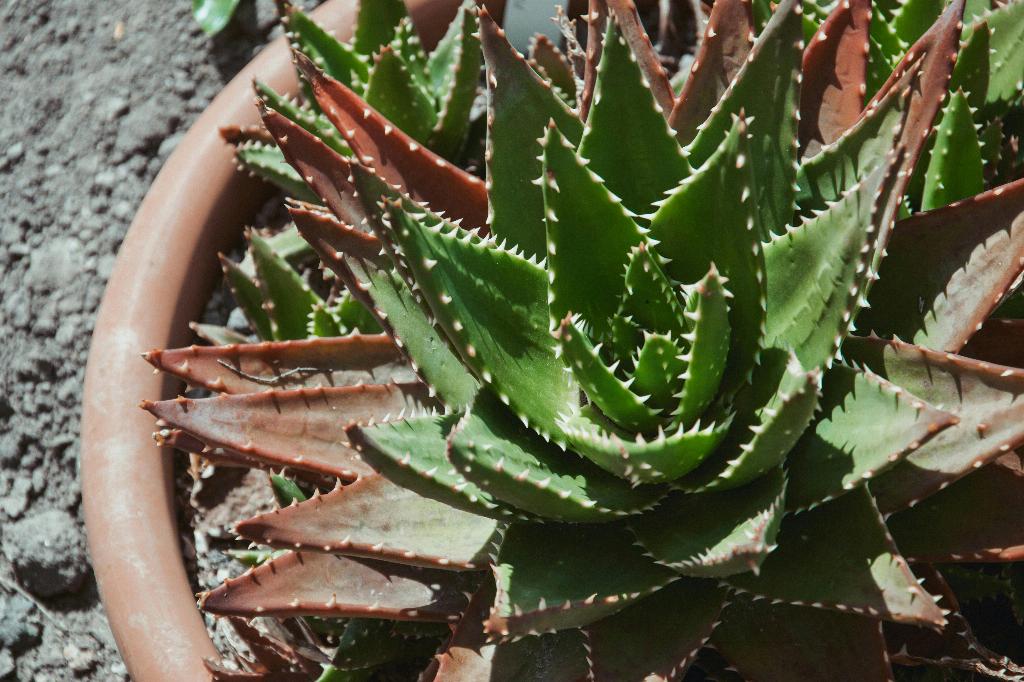If you’ve ever been intrigued by the thought of growing your own prickly pear cactus fruit, you’re in for a treat. This unique and flavorful fruit comes from the prickly pear Opuntia cactus, known for its showy flowers and delicious fruits. To successfully grow prickly pear cactus fruit, there are several key factors to keep in mind.
Choose the Right Location
Prickly pear cacti thrive in dry conditions and require lots of sunlight to grow their best fruits. When planting your prickly pear cactus outdoors, ensure it receives ample sunlight and is placed in a well-draining soil. Opt for the sunniest and driest spot in your garden to promote optimal growth.
Indoor Growing Tips
If you’re planning to grow your prickly pear cactus fruit indoors, it’s essential to mimic its natural habitat. Make sure to plant it in a pot that has proper drainage by having holes in the bottom. Position the cactus near a sunny window where it can receive sufficient sunlight throughout the day.
Soil Requirements
When it comes to soil, prickly pear cacti prefer well-draining soil that mimics their native sandy environments. Consider using a cactus mix or adding sand to regular potting soil to improve drainage. Avoid overwatering your cactus as it is susceptible to root rot in excessively moist conditions.
Watering Schedule
While prickly pear cacti are drought-tolerant plants, they still require some watering to thrive. During the growing season, water your cactus sparingly, allowing the soil to dry out between waterings. In winter, reduce watering to prevent moisture-related issues.
Fertilization
When it comes to fertilizing your prickly pear cactus, less is more. Use a balanced cactus fertilizer diluted to half strength during the growing season. Apply the fertilizer monthly to support healthy growth and fruit production. Avoid overfertilizing, as it can lead to adverse effects on the plant.
Pruning and Maintenance
To encourage fruit production and maintain the health of your prickly pear cactus, occasional pruning is beneficial. Remove any dead, damaged, or overgrown segments using sharp, clean tools. Additionally, keep an eye out for pests and promptly address any issues to prevent damage to the plant.
Pollination
For prickly pear cactus to produce fruit, pollination is essential. While some varieties are self-pollinating, others may require assistance from pollinators like bees or birds. Ensure there are pollinators present in your garden or consider hand pollination to increase fruit set.
Harvesting Prickly Pear Fruits
Once your prickly pear cactus has successfully produced fruits, it’s time to harvest them for consumption. Use gloves to handle the fruit due to its spines and carefully cut the fruit from the plant using a sharp knife. Allow the harvested fruits to ripen further before enjoying their unique flavor.
Common Issues and Solutions
If you encounter issues like yellowing pads or signs of pests on your prickly pear cactus, swift action is key. Address yellowing pads by adjusting sunlight exposure and watering practices. For pest infestations, consider natural remedies or commercial insecticidal soaps to protect your plant.
Propagation Methods
If you’re interested in expanding your prickly pear cactus collection or sharing with others, consider propagation methods. Propagating prickly pear cacti can be done through stem cuttings or seeds. With proper care and attention, you can successfully propagate your cacti and enjoy a thriving garden.

Enjoying Your Homegrown Prickly Pear Cactus Fruit
Growing prickly pear cactus fruit can be a rewarding experience that yields flavorful and unique fruits. By following the essential tips mentioned above, you can cultivate healthy cacti that produce delicious fruits for you to enjoy. Embrace the process, stay patient, and soon you’ll be savoring the fruits of your labor.
